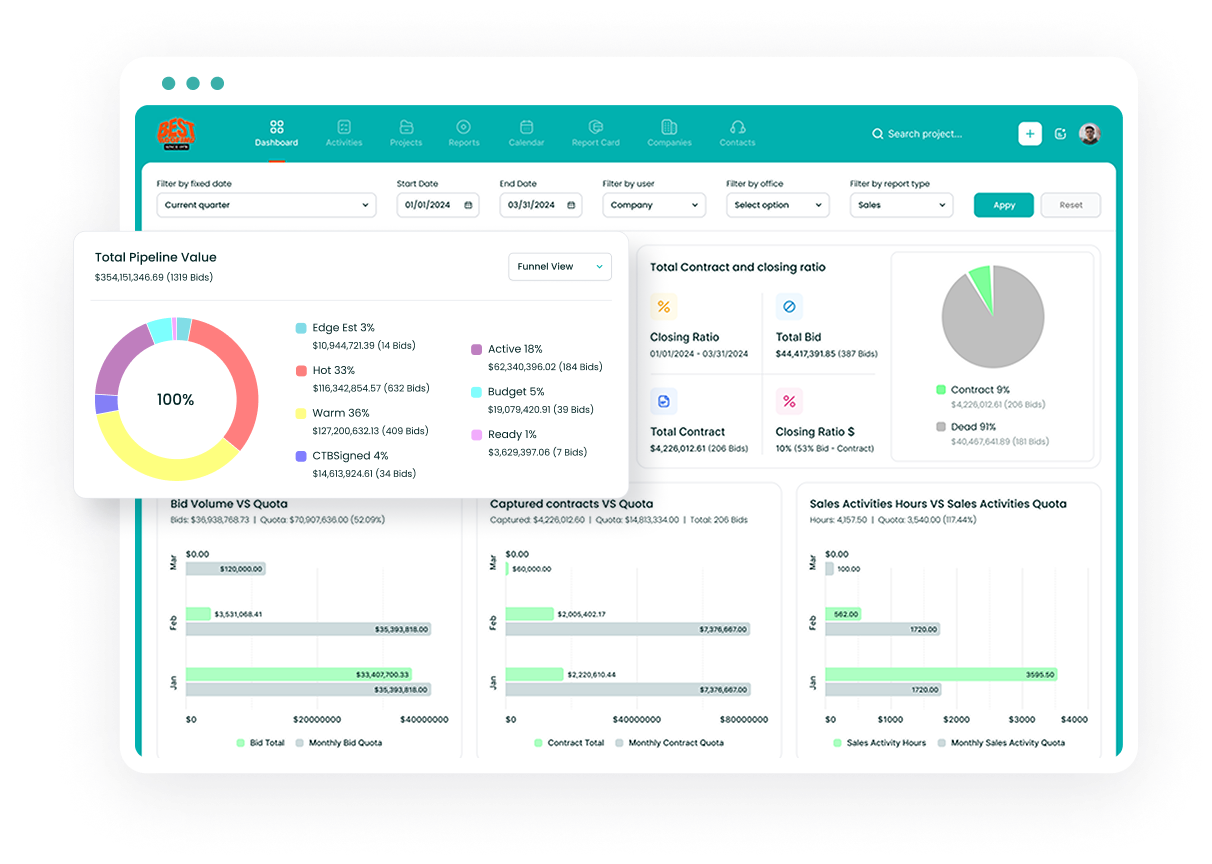Understanding Purchase Order Status
Before diving into the closure process, it's important to understand that a purchase order's status in Sage 100 is determined by comparing three key quantities: ordered, received, and invoiced quantities. The system uses these metrics to automatically determine whether a purchase order should be considered complete.
Configuration Settings
Purchase Order Options Setup The first step in managing purchase order closures effectively is configuring your system settings correctly:
- Navigate to Purchase Order > Setup > Purchase Order Options
- Locate the "Post Accounts Payable Invoices" checkbox
- Consider your preferred closure method:
- When unchecked: System only compares ordered and received quantities
- When checked: System compares ordered, received, and invoiced quantities
Retention Settings A completed purchase order remains accessible in Purchase Order Entry until:
- The specified retention period expires (set in Number of Days to Retain Completed Purchase Orders)
- Period End Processing is executed
- Purge Completed POs is performed
Methods for Closing Purchase Orders
Method 1: Natural Completion
The system will automatically close a purchase order when:
- Ordered quantity equals received quantity (if AP Invoice posting is disabled)
- Ordered quantity equals received quantity AND received quantity equals invoiced quantity (if AP Invoice posting is enabled)
Method 2: Manual Adjustment
For situations where you need to close a partially fulfilled order:
- Access Purchase Order Entry
- Modify the ordered quantity to match the received quantity
- Add a /C comment line to trigger the update
- Click Accept to complete the order
Method 3: Processing Remaining Items
When dealing with partial receipts:
- Review the current status through Purchase Clearing Reports
- Process a receipt of goods with invoice for remaining quantities
- Ensure all quantities match across ordered, received, and invoiced fields
Handling Special Scenarios
Partial Receipts
The system offers flexibility for handling partial receipts through the "Automatically Close Partially Received PO's" setting:
- Allows for percentage variance between ordered and received quantities
- Example: With 10% variance allowed, a PO for 10 items can be completed with 9 items received
Back-Ordered Items
For purchase orders with back-ordered items:
- Navigate to Purchase Order > Period End > Purchase Clearing Reports
- Generate the Purchases Clearing Report (All Types)
- Review discrepancies between ordered, received, and invoiced quantities
- Take appropriate action based on findings
Accounting Considerations
Clearing Account Management
When closing purchase orders with discrepancies:
- Make necessary GL journal entries to adjust the Purchases Clearing account
- Balance entries between:
- Debit: purchases clearing account
- Credit: AP expense account used in the original AP invoice
Alternative Invoice Processing
For situations requiring invoice adjustments:
- Keep "Post AP Invoices" selected in PO Options
- Access PO > Main > Receipt of Invoice
- Process the receipt for remaining items
- Append "-A" to the original AP invoice number
- Make corresponding adjustments in AP against the original expense account
Best Practices
Regular Maintenance
- Review Purchase Clearing Reports periodically
- Address discrepancies promptly
- Maintain consistent processing procedures
- Document any manual adjustments made
Inventory Management Integration
When used with other modules, Purchase Order closure affects:
- Inventory quantities
- Back order fill reporting
- Accounts Payable records
Automated Features
Take advantage of Sage 100's automated capabilities:
- Automatic reordering when inventory falls below specified levels
- Integration with Sales Order for streamlined processing
- Landed cost calculations
- Receipt label generation
Troubleshooting Common Issues
Quantity Mismatches
If quantities don't align:
- Generate Purchase Clearing Reports
- Identify discrepancies
- Process appropriate adjustments
- Verify changes through system reports
System Updates
Before processing further receipts:
- Return to Setup > PO Options
- Reselect Post AP Invoices if previously disabled
- Verify all settings align with company procedures
Period End Processing
Purge Considerations
When using the Purge Obsolete POs function:
- System checks Order Date from Header tab
- Verifies Last PO and Last Invoice dates
- Requires all dates to be older than specified purge date
- Note: Back ordered purchase orders are not purged
Documentation Requirements
Maintain proper documentation for:
- Manual closures
- Quantity adjustments
- GL journal entries
- Variance explanations
Advanced Features
Integration Benefits
When fully integrated with other modules, the system provides:
- Automatic inventory adjustments upon receipt
- Back Order Fill Report generation
- Automated AP record updates
- Just-in-time fulfillment capabilities
Reporting Capabilities
Utilize system reports for:
- Variance analysis
- Cash requirements planning
- Month-end reconciliation
- Expected delivery tracking
Conclusion
Effectively closing purchase orders in Sage 100 requires understanding of system settings, proper procedures, and attention to detail. By following these comprehensive guidelines and maintaining consistent processes, organizations can ensure accurate inventory records and smooth financial operations. Remember to regularly review and adjust procedures as needed, and maintain proper documentation for all transactions and adjustments.
For complex situations or persistent issues, consider consulting with a Sage 100 support representative or participating in specialized training programs to enhance your system knowledge and capabilities.
Citations: [1] https://www.bcsprosoft.com/how-to-complete-a-back-ordered-purchase-order-in-sage-100/ [2] https://help.beanworks.com/en/support/solutions/articles/72000537266-how-to-close-a-purchase-order [3] https://www.swktech.com/erp-resources/sage-100-resources/sage-100-purchase-order/

